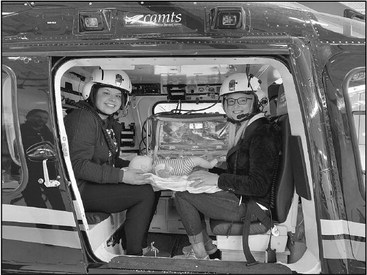CVTC respiratory therapy grads are flying high in new career


A little more than two years after their 2017 graduation from the Respiratory Therapist program at Chippewa Valley Technical College, Megan Wermske and Samantha Gruen help care for...
